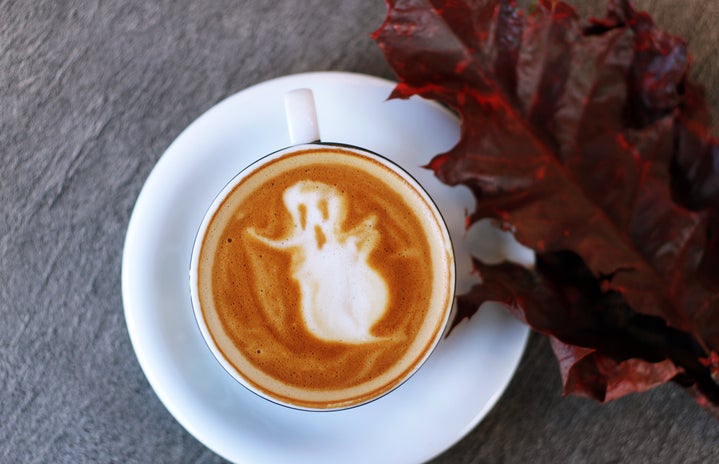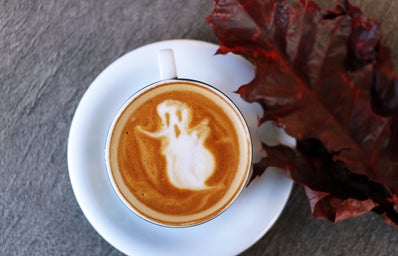Everybody has their own memories of Halloween growing up. If you happen to live in the Midwest like I do, then you probably remember being upset about having to wear a coat over or under your costume in order to protect yourself from the blossoming chill of fall. You’ll probably remember all of the corn mazes that open up around this time of year as well. You won’t remember things like eating barmbrack or visiting a supposed vampire’s homestead. You definitely won’t remember going to door to door in order to sing songs requesting prayers from those in purgatory or attending a requiem mass for those that have died. Halloween and Halloween-like traditions are celebrated differently all around the world, and each of these traditions deserves to be recognized.
In Ireland and Scotland pagan traditions are fairly commonplace, partly due to the influence of Celtic/Gaelic society. One of these traditions is called Samhain. According to history.com, Samhain begins the evening of October 31st and ends the evening of November 1st. Samhain is mainly celebrated to acknowledge the coming of the “dark part” of the year after harvest season. Samhain has many different markers and traditions, one of which is the eating of barmbrack. Wikipedia states Barmbrack is a quick bread that normally has an item inside of it to prophesize what the receiver of that item’s year will hold. A coin signifies wealth, and a ring signifies love, for example. Of course, Samhain isn’t all fun and games. There are also a number of monsters associated with Samhain. The most frightening of these monsters to me, is The Lady Gwyn. The Lady Gwyn is a headless woman in all white, accompanied by a black pig. She chases those who wander at night during Samhain. So, don’t go out unless you’re looking to do some cardio.
In the Philippines you’ll find Pangangaluluwa being celebrated. According to News Info, Pangangaluluwa is celebrated around All Soul’s Day and All Saint’s Day. The main marker of Pangangaluluwa is almost like traditional, American Halloween’s, with a morbid twist. Children go around door to door and sing songs, asking for prayer from those in purgatory. Children also receive monetary gifts during Pangangaluluwa, which are often put toward fundraising and charities. The morning after Pangangaluluwa, those who celebrate attend a sort of mass in order to This celebration is a bit of a dying one though, as a more American trick-or-treat custom is taking over. However, some Filipino communities are looking to restore this almost-forgotten tradition.
In Romania, people celebrate the Day of Dracula. According to Romania Tourism, Dracula is rather noteworthy supposed vampire. It is said that he lurks around Transylvania on St. George’s Day (April 23rd) and the eve of St. Andrew (November 29th). Yes, he “vants to suck your blood.” While this sounds like a tourist trap, and most likely is, it would still be a great experience. The Day of Dracula is spent in Bram’s Castle, a destination Dracula supposedly visited during his time on earth. The reason I say this sounds like a tourist trap is some believe that Dracula never actually resided or even visited the castle. But it would still be cool to attend one of the tours that are given in the castle.
So, while you’re celebrating this Halloween by eating Reese’s cups until you’re sick, remember that the world is celebrating too. Maybe not with candy and costumes, but in their own way. Happy Halloween!



